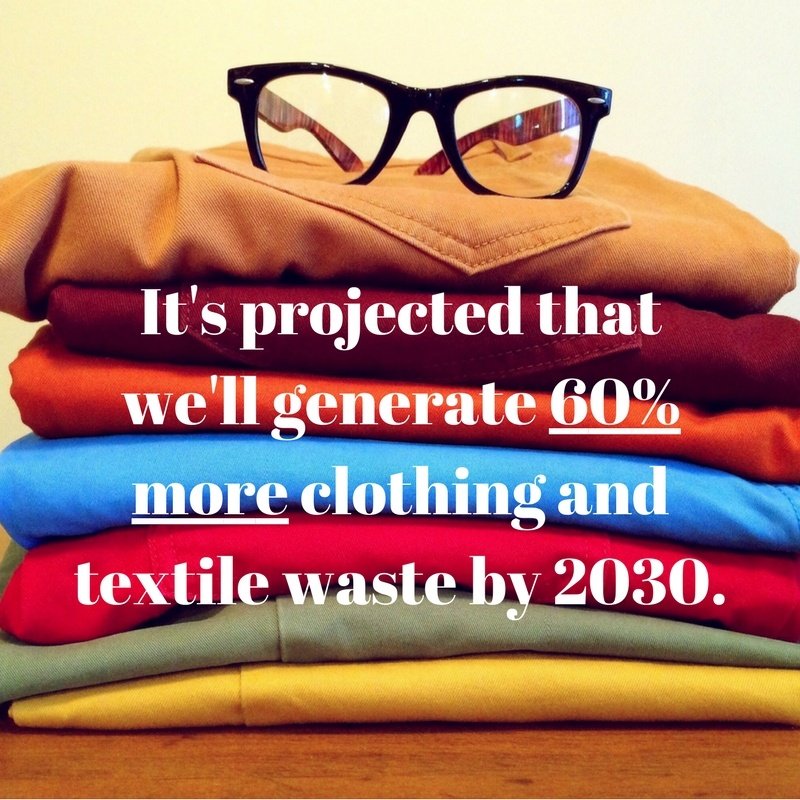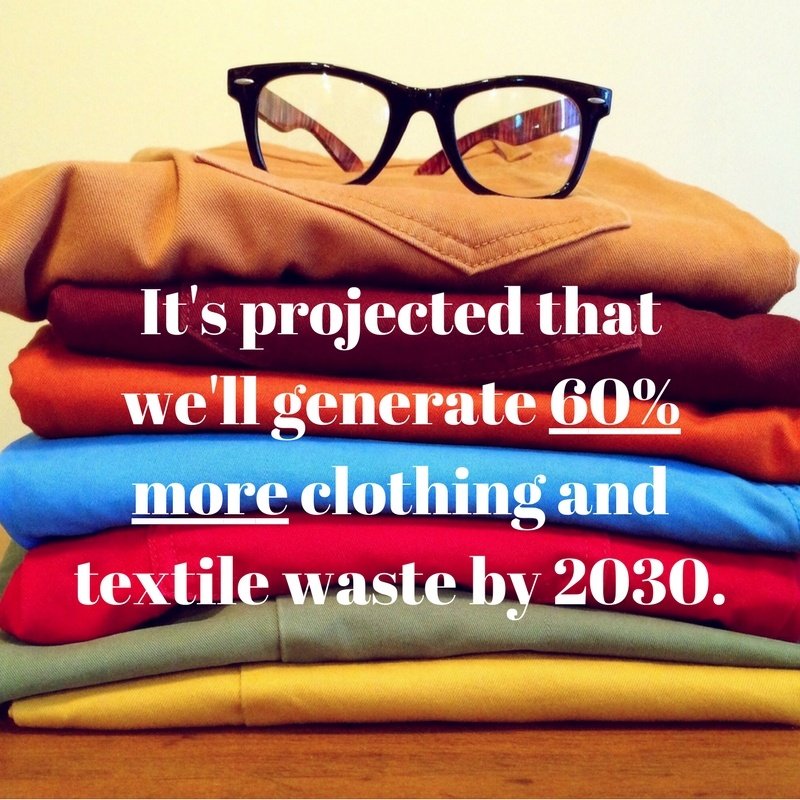Ways To Reduce Clothing and Textile Waste In Your Community

Did you know that we produce 2.1 billion tons of waste annually worldwide? Of this, it’s projected that we’ll generate 60% more clothing and textile waste by 2030 over 2015. However, we can work together to reduce this type of waste.
To get started, we’ve put together a blog to provide you with a deeper understanding of what textile waste is, what causes it, and learn ways to reduce this type of waste. There are many options available, which means you and your team can select the best option for how to reduce textile waste with your residents and with your local community.
What is textile waste?
Textile waste are materials, typically clothing, that have been disposed of as they’ve been deemed unfit for use. Textiles can include items such as clothing, purses, belts, linens, shoes, drapery, and more.

What is causing an increase textile waste?
As consumers, we continue to increase our fast fashion purchases and we’re spending less time owning the clothing that we buy to keep up with the most recent fashion trends. Fast fashion is when retailers provide consumers with the latest trends at a lower price and sometimes made with lower quality materials. This leads to us throwing out our clothing at a faster rate than previous generations.
In the U.S., textile waste increased to almost 40% from 1999 to 2009 and it’s estimated to reach 35 billion pounds by next year. In Canada, it’s estimated that 85% of used clothing and textiles go directly to the landfill, even though some people are donating these items to charity to be reused.
What can be done to reduce textile waste?
The good news is that there are many people and organizations working to reduce textile waste. You can encourage your residents to participate in National Textile Recovery Initiative by:
1) Creating Awareness Around Slow Fashion Purchases
Instead of buying the latest fashion trends every month or every season, you can encourage residents to consider purchasing higher quality clothing pieces that last longer, also known as ‘slow fashion‘. This requires a change in consumer behaviour and a lifestyle change to buying clothing and textiles for their quality and longevity. This behaviour is sometimes called ‘zero waste fashion’.
2) Organizing A Community Clothing Swap
You can encourage residents to organize a community event where people can exchange clothing that is gently used and in generally good condition with others. This encourages clothing to be reused and allows people an opportunity to swap items without spending money. When setting up the event, it helps to develop rules on how the clothing swap will work and also have a plan in place on how to donate any remaining items post-event.
If your residents are currently in spring cleaning mode, they may also be interested in the #threadcycling trend and how to dispose of textile items.
3) Encouraging Clothing Donations
Most residents may not be aware that they can donate their old clothing and stained textiles to charities and non-profit organizations. Some communities may have programs where they can schedule clothing to be picked up at the curb or clothing can be dropped off at charity boxes.
If clothing is damaged or hasn’t been worn before, consumers may still be able to give them to charities or non-profit organizations. They’ll determine if the item can be reused / repurposed or if it should be recycled. Unwanted clothing and textiles are sometimes sent to recycling plants. Once at the plant, textiles can be cut and used as industrial rags, ground down and reprocessed, or be declared unusable.
As you encourage residents to become more aware of textile waste and fashion recycling, they might have more questions about what items can be disposed or recycled. You can send them to the Recycle Coach app to find out what goes where.